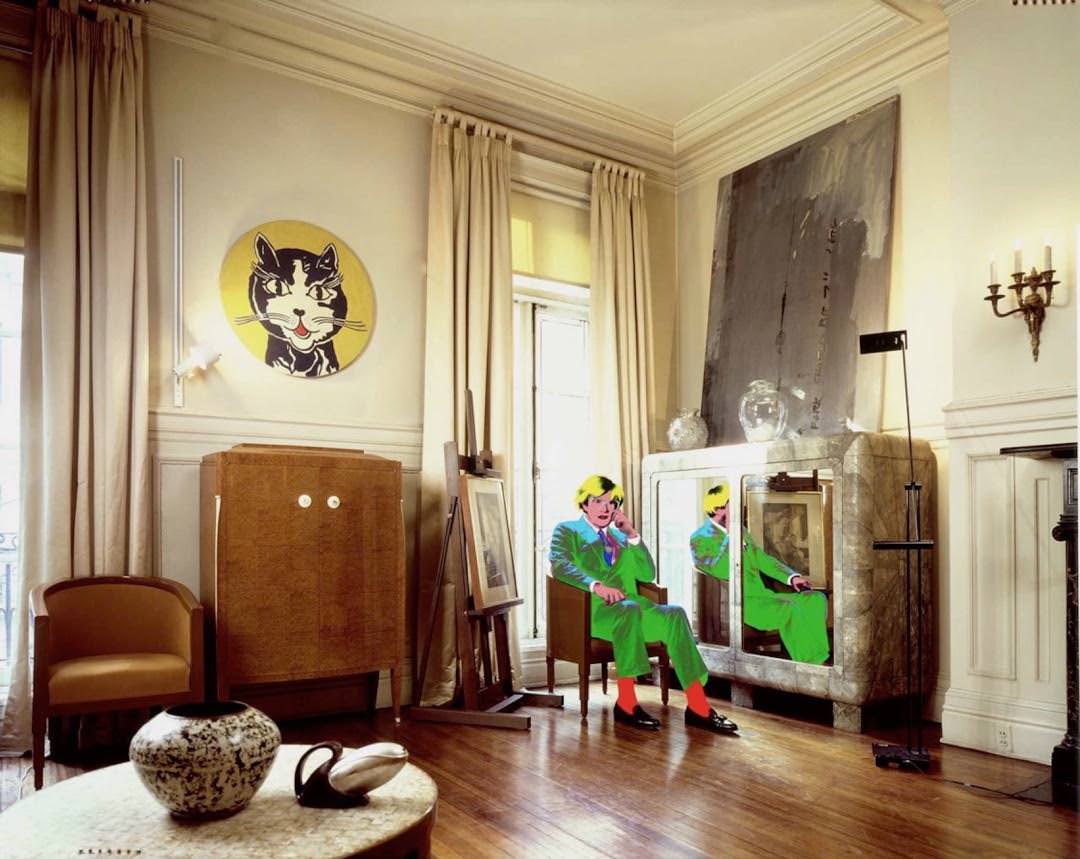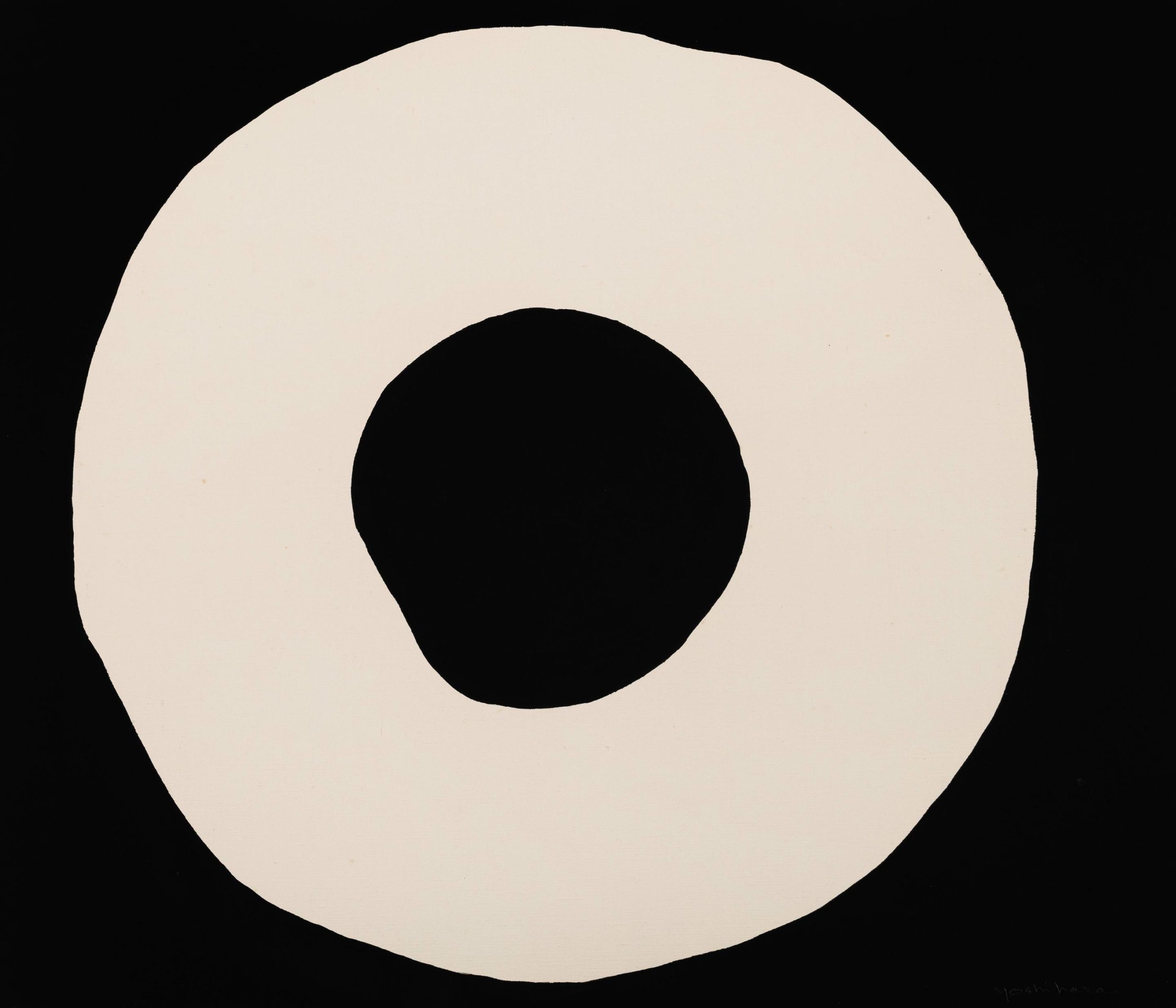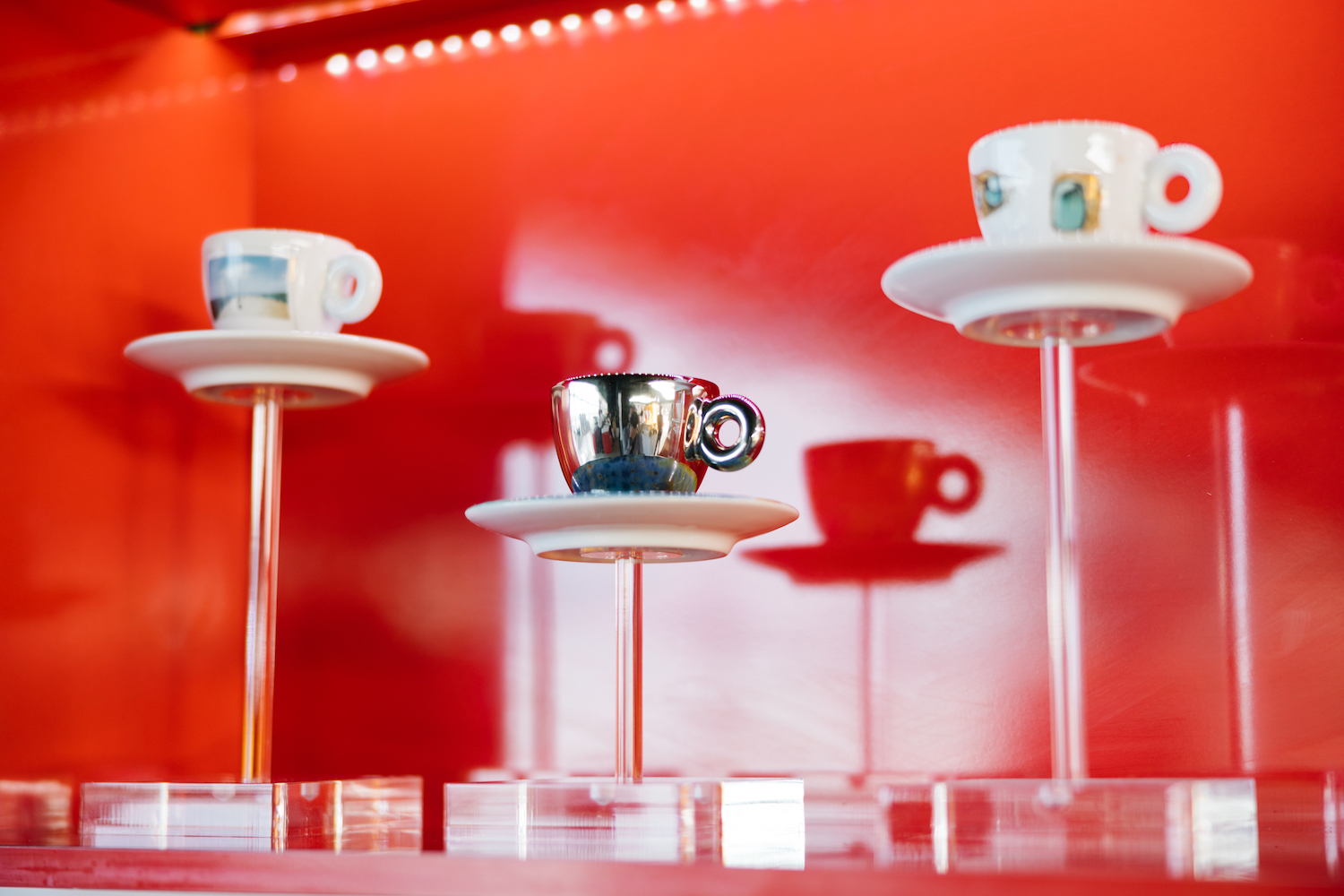Michael Plummer, Artvest Co-Founder and Spring Masters Co-Director, shared with Whitewall his future plans regarding Spring Masters New York art fair—held from May 6-9—while demonstrating how an expertise in financial art advising and auction sales can be significantly beneficial to an international fair.
WHITEWALL: What motivated you and Jeff Rabin—as you were both previously heading the financial services departments at Christie’s—to acquire Spring Masters back in 2013?
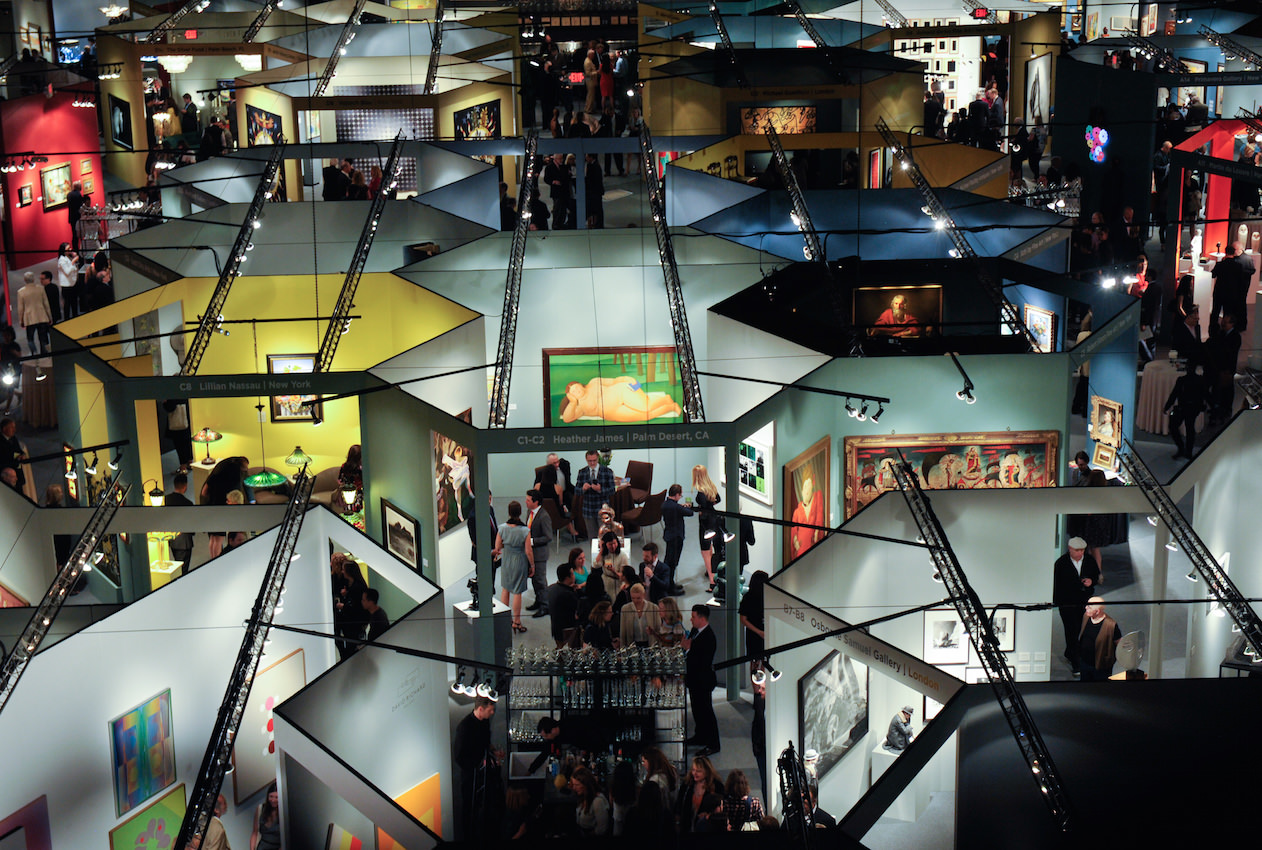
Spring Masters New York 2015, VIP Preview Party
Photo by Leandro J./BFANYC.com
MICHAEL PLUMMER: At some point, it became apparent to us that art fairs were becoming much more than an occasional source of business for dealers, but absolutely critical to their future success. Indeed, collectors were less and less visiting galleries and focusing more on what we refer to as event buying— that is auctions and art fairs. Thus, we began looking for an appropriate art fair opportunity approximately four years ago, even before what was then known as the Spring Show NYC, quite literally fell into our lap.
WW: What role do you see Spring Masters playing in the spring New York art fair calendar?
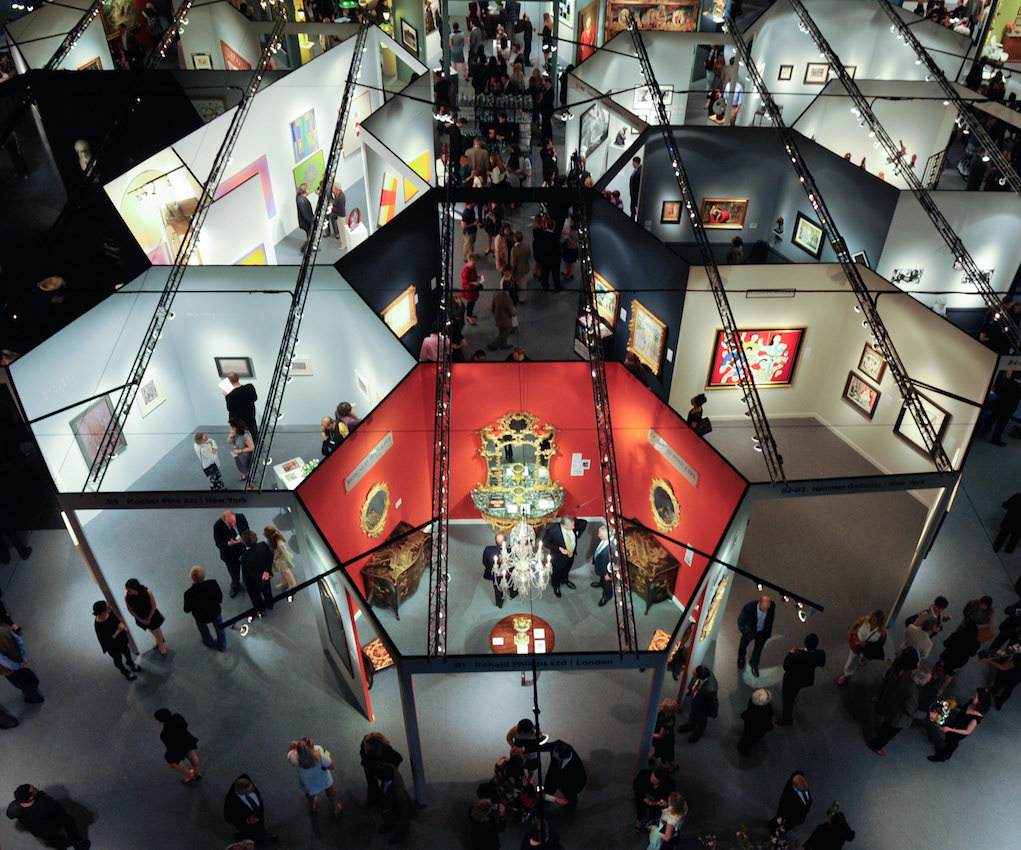
Spring Masters New York 2015, VIP Preview Party
Photo by Leandro J./BFANYC.com
MP: Quite a critical one. While Frieze New York serves the emerging contemporary market over on Randall’s Island, a fair was needed at the Park Avenue Armory during this period to service the secondary market—also convenient to the events going on here in Manhattan. Many collectors use to split the choice of their spring visits to New York between March and May. In the last number of years, however, the center of gravity has tipped. The beginning of May has come to be a time when collectors are coming to New York from around the globe for the Sotheby’s and Christie’s evening auctions, collectors who not only buy contemporary art, but also that from earlier periods. Conveniently located between the two auction houses, Spring Masters has become a critical destination during this active week.
WW: What do you feel are the specific advantages of your financial expertise for the fair?
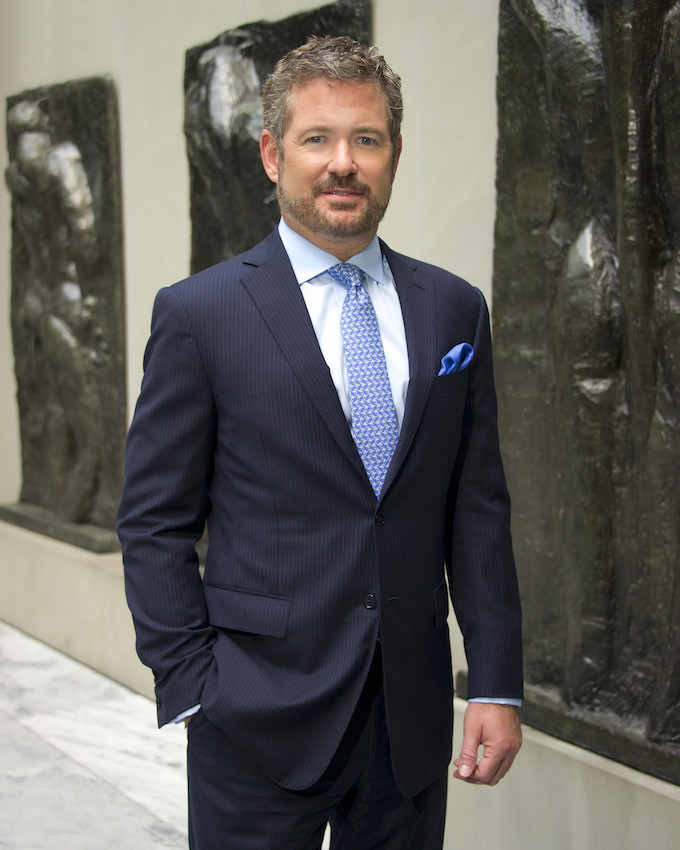
Portrait courtesy of Spring Masters
MP: We understand that exhibitors come to the fair to not only sell their art, but to reach new collectors and broaden their brand recognition, ultimately to grow their businesses and client base. And this has resonated with a number of them. Many have told us we do not approach the fair like a typical fair producer, but with thinking that is more aligned with their own.
WW: Is the very interdisciplinary nature of Spring Masters something you view as an advantage?
MP: Just because it is often convenient in promoting a fair to focus on only one sector, it does not mean that this is what collectors actually do. The auction houses know this, as they see many of their most sophisticated and active clients buying in multiple fields. TEFAF Maastricht is the best example of a highly successful fair that spans nearly the entire span of art history, and this expanse and variety—along with its high quality—is one of its principal attraction.
WW: This May will be the last edition of Spring Masters New York. Artvest will be joining forces with TEFAF Maastricht to create two fairs at the Park Avenue Armory. Can you tell us more about your plans for this new venture?
MP: After launching Spring Masters, Jeff Rabin and I wanted to raise the bar even higher for our next venture, and it has now been over a year in discussion and planning. We will be transforming the Park Avenue Armory with a Tom Postman design, who also designs TEFAF Maastricht, using both the first and second floor of the Armory. To meet the demand of the exhibitors wanting to participate, we have split it into two events: TEFAF | New York | Fall, which will focus on ancient art up through the early 20th Century, and TEFAF | New York | Spring, which will be held on the same dates as Spring Masters and will focus on art from impressionism up through contemporary.
WW: You’ve said that 2016 was going to be known as the year of “selectivity” in the art world given larger global economic and political dynamics. Could you explain the nature of these changes?
MP: 2015 and 2016 are years with a weaker global economy (excluding the U.S.) and greater political instability. During such periods, collectors tend to become more selective and cautious. This does not in any way mean that they will stop buying art, but rather that they have become more demanding of quality and value, and much less likely to overpay, whether privately or at auction, or buy on impulse. It is a period when a high level of experience on the behalf of the collector, advisor and the dealer come more into play. It is not a time for speculation or following word- of-mouth trends on the next hot new thing. It is a time, however, for seasoned collectors to fill out gaps in their collections.
Spring Masters takes place May 6-9 at the Park Avenue Armory in New York.




